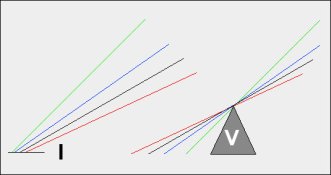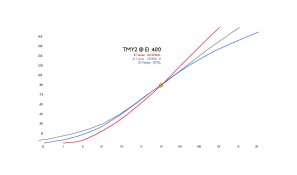df cardwell
Subscriber
df cardwell submitted a new resource:
(there was a url link here which no longer exists) - Shaping the tone curve of a Rodinal Negative
(there was a url link here which no longer exists)
(there was a url link here which no longer exists) - Shaping the tone curve of a Rodinal Negative
You can shape your film's tone curve by balancing exposure and development time with agitation.
Agitation is used to control the highlights of a negative.
More agitation raises the highlight density, less agitation lowers highlight density.
In this system, development time places your shadows. Exposure places your midtones.
It is effective to visualize comparative curves pivoting at Zone V rather than rising out of film base fog as is conventional in various systems....
(there was a url link here which no longer exists)
Last edited by a moderator:












